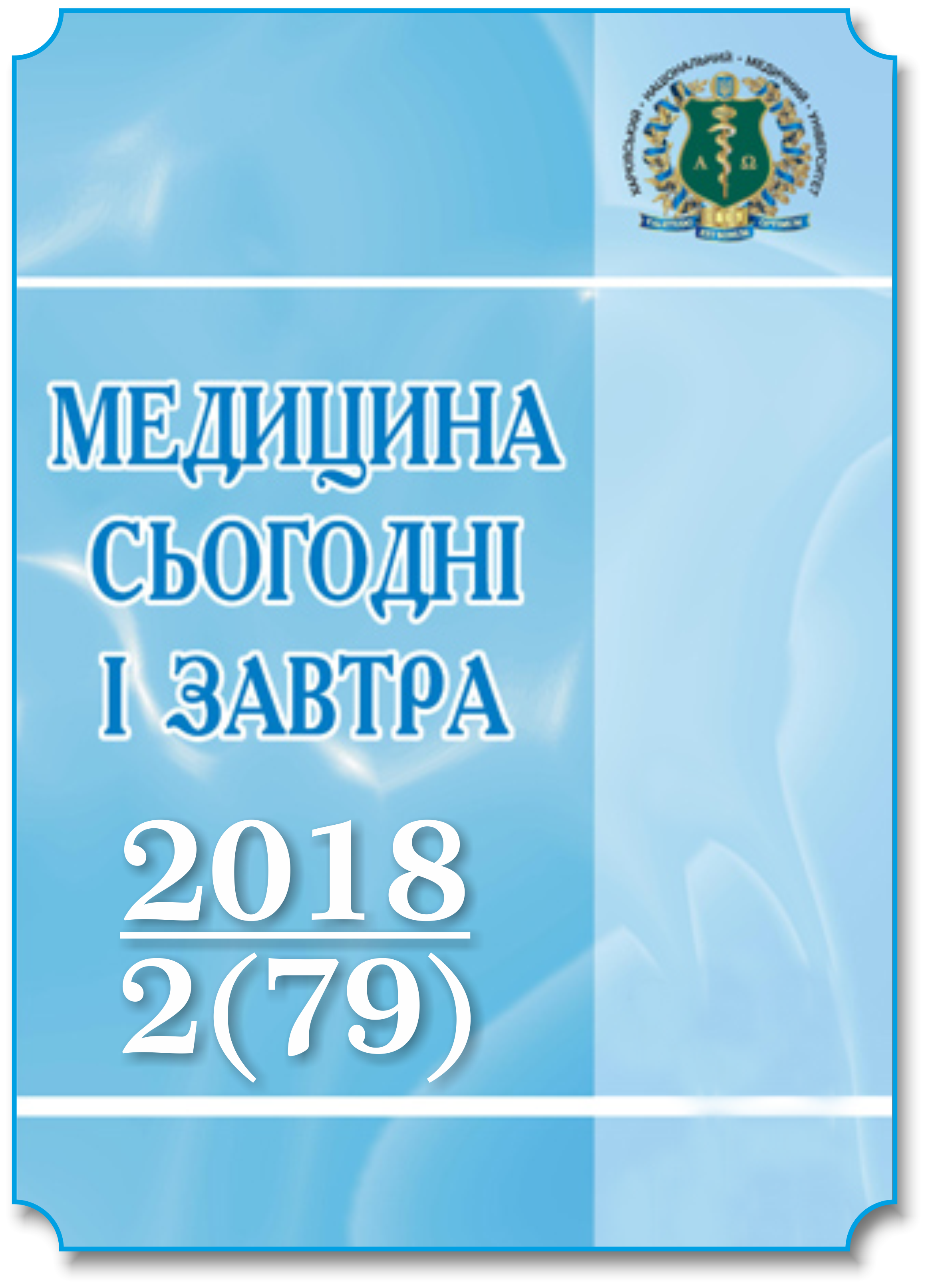Abstract
Xenobiotics have an immunosuppressive effect, the morphogenesis of which remains poorly understood. Understanding how environmental pollution affects the immune response not only helps in effective pollutants control and public health improvement but also provides new insights into the basic functions of the immune system. The features of the structural organization of the thymus under the influence of triglycidyl ether of polyoxypropylentriol (TEPPT) and polypropylene glycol (PPG) was identified. In the subacute experiment, changes in the thymus structure of mature male rats after the administration of 1/10 and 1/100 LD50 of TEEPT and PPG were studied on days 7th, 15th, 30ty and 45th. Histological microspecimens were investigated with morphometric and statistical studies. We have identified changes in morphological data compared to data of control animals, which indicate the reactivity of the thymus in response to induced xenobiotic. Obtained and analyzed data indicate the morphological changes of the thymus, in particular, changes in the ratio of the relative volumes of the cortех, medulla, and stroma. Thymus is sensitive to the effects of xenobiotics, in this case, laproxides, which is reflected in its structural organization.
References
Szczepanska N. Recent advances in assessing xenobiotics migrating from packaging material – A review / N. Szczepanska, B. Kudlak, J. Namiesnik // Anal. Chim. Acta. – 2018. – Vol. 1023. – P. 1–21.
De Jong W. H. Screening of xenobiotics for direct immunotoxicity in an animal study / W. H. De Jong, H. Van Loveren // Methods. – 2007. – Vol. 41 (1). – P. 3–8.
Kreitinger J. M. Environmental immunology: lessons learned from exposure to a select panel of immunotoxicants / J. M. Kreitinger, C. A. Beamer, D. M. Shepherd // J. Immunol. – 2016. – Vol. 196 (8). – P. 3217–3225.
Constitutively active aryl hydrocarbon receptor expressed specifically in T-lineage cells causes thymus involution and suppresses the immunization-induced increase in splenocytes / K. Nohara, X. Pan, S. Tsukumo [et al.] // J. Immunol. – 2005. – Vol. 174 (5). – P. 2770–2777.
National toxicology program nonneoplastic lesion atlas: a guide for standardizing terminology in toxicologic pathology for rodents [Internet] // Research Triangle Park, NC : National Toxicology Program, 2014 [cited 2017 Jun. 21]. – Available from : https://ntp.niehs.nih.gov/index.cfm.
Microscopic features of the spleen under the influence of laproxides / O. Avilova, D. Marakushin, O. Nakonechna, V. Gargin // Georgian Med. News. – 2018. – № 2 (275). – P. 163–167.
Avwioro G. Histochemical uses of haematoxylin – a review / G. Avwioro // JPCS. – 2011. – Vol. 1. – P. 24–34.
Myers J. L. Research design and statistical analysis / J. L. Myers, A. D. Well. – [2nd ed.]. – Lawrence Erlbaum, 2003. – 508 p.
Multiscale distribution and bioaccumulation analysis of clofazimine reveals a massive immune system-mediated xenobiotic sequestration response / J. Baik, K. A. Stringer, G. Mane, G. R. Rosania // Antimicrob. Agents Chemother. – 2013. – Vol. 57 (3). – P. 1218–1230.
Sutjarit S. Fusarenon-X-induced apoptosis in the liver, kidney, and spleen of mice / S. Sutjarit, A. Poapolathep // J. Toxicol. Pathol. – 2016. – Vol. 29 (3). – P. 207–211.
Sewald K. Assessment of immunotoxicity using precision-cut tissue slices / K. Sewald, A. Braun // Xenobiotica. – 2013. – Vol. 43 (1). – P. 84–97.
Cell-autonomous defects in thymic epithelial cells disrupt endothelial-perivascular cell interactions in the mouse thymus / J. L. Bryson, A. V. Griffith, B. Hughes [et al.] // PLoS One. – 2013. – Vol. 8 (6). – e65196.
